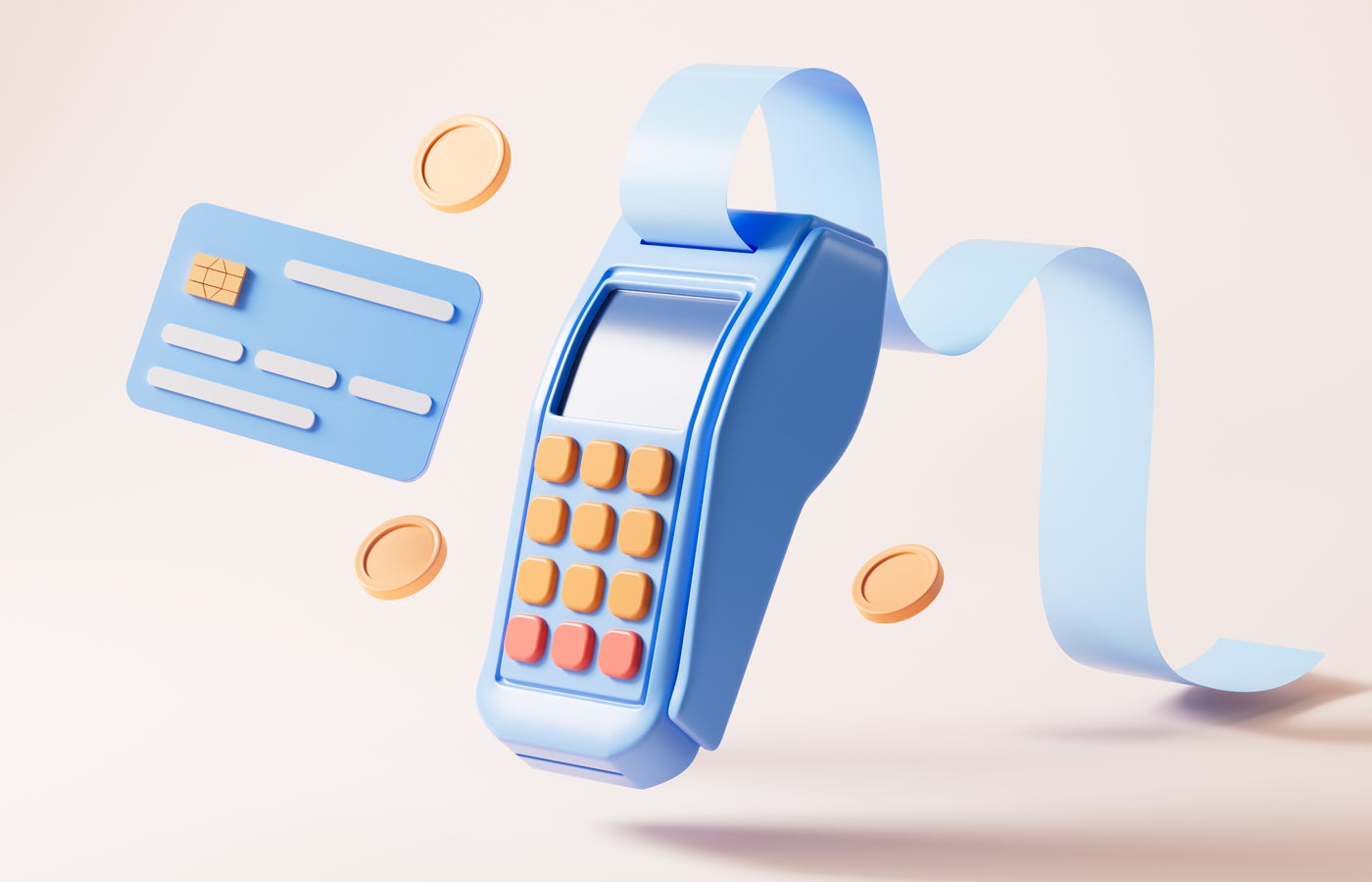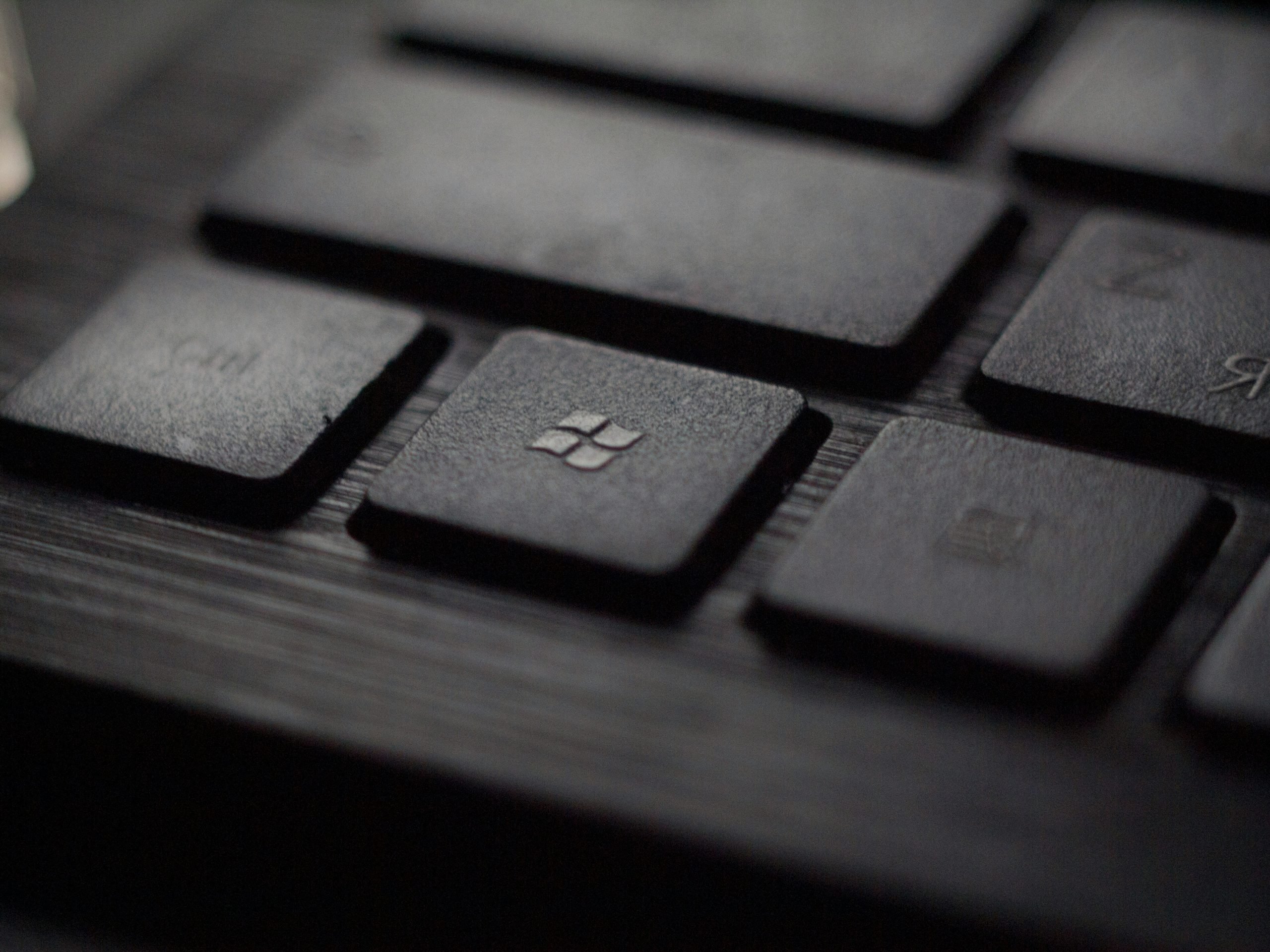POS technology has impacted the retail industry far and wide since its debut in the 1970s. Before the modern POS system, transactions were manual, cash-based and tangible. However, with the advent of technology, POS has changed the way retailers do business and how consumers shop.
Although the first POS focused on processing cash payments in a clean and traceable manner, it quickly evolved to facilitate credit and debit card transactions. And now? POS systems can do much more than just process payments. They have turned into little control centers for running the business!
So what are the latest trends in POS systems? Below, I break down the retail POS trends in 2024 that are impacting the industry now and into the future.
Cloud POS
Businesses have moved to mostly cloud-based solutions – including POS. Cloud POS systems are increasingly becoming the standard, replacing the traditional point-of-sale terminal that makes it difficult to access and manage data.
According to Straits Research, the global cloud POS market size was valued at USD 3,987 million in 2022 and is projected to reach more than USD 30,205 million by 2031 – a compound annual growth rate (CAGR) of 24.7%.
Cloud POS is a major innovation at the point of sale, bringing data, agility and mobility to businesses of all sizes. Especially in a world where retail is no longer single-channel, cloud POS technology allows businesses to synchronize data and ensure smooth operations regardless of business size or location.
A retailer with 100 brick-and-mortar locations, its own website, and a thriving Amazon presence can benefit from cloud-based POS just as much as a small mom-and-pop shop that manages a single retail location and online channels.
With cloud-based POS technology, you are no longer tied to a specific location or fixed connection. Access your business technology from anywhere, anytime.
AI and automation
Artificial intelligence and automation are also changing virtually every aspect of the business environment. I bet there are ways you already use these technologies that you don’t even realize!
This trend is also affecting POS – and in a good way. 100% of retail business owners surveyed for the Square Future of Retail report say automation has improved their business in some way.
The same survey found that tracking is the top area of automation for 43% of businesses, and the biggest benefit is a better customer experience for 47% of businesses. Another 45% saw improved employee retention and profitability through automation.
What role does AI play in modern POS systems?
When it comes to POS technology, AI and automation occur in many possible use cases:
- Automatic inventory reordering
- Fraud detection and prevention
- Price adjustments based on artificial intelligence
- Loyalty and reward programs
- Email marketing
Square reports customers say they would support automation for retailers:
- Cash register: 31%
- Product search: 22%
- AI generated product descriptions: 22%
- Dynamic prices: 21%
- Product recommendation: 18%
- Product review: 15%
The possibilities seem truly endless. I’m excited to see this trend manifest and evolve every year with innovative point-of-sale systems.
Payment options
Today’s consumers like convenience and options. And this applies to payments at the POS terminal. I remember when it was a cash or credit only world – now customers can choose to pay for their purchases in a number of ways.
According to Square, it breaks down like this when it comes to the payment methods sellers accept:
- Cash: 58%
- A mobile wallet app like Apple Pay or Google Pay: 57%
- QR code payments: 52%
- Traditional card payments: 47%
- Contactless card payments: 44%
- Buy Now Pay Later (BNPL) options like Clearpay: 43%
POS technology is advancing in a way that accommodates these ever-changing payment preferences. In fact, modern POS trends show that platforms have incorporated new features and functions to handle different payment methods and offer options such as subscriptions, cryptocurrency, stored payments, split accounts and gift cards.
Mobile POS
Mobile POS, or mPOS, is another hot trend. The global mPOS market is estimated to be worth around $3.78 trillion, according to Statista. More than 2 billion mPOS users are expected by 2028. And almost a quarter of shoppers want to use mobile checkout options.
So why is it trendy? Just as consumers are more mobile, so are partners. Now, associates can meet shoppers where they are on the sales floor and process the transaction on the spot. Customers don’t have to wait in line at a POS terminal – they can check out wherever they are.
However, this also extends past transactions. mPOS makes it easy for retail employees to perform various tasks like scanning barcodes, counting inventory, etc.
Customer self-service
Self-service checkouts are another trend in retail, and while it initially took hold in grocery stores, other verticals are also exploring the trend. This is largely consumer-driven – Square Future of Retail reports that two-thirds of shoppers prefer to do tasks independently, such as checking or finding out if a product is in stock.
Consumers increasingly feel empowered to do things independently, which affects the future of POS.
When asked what tasks they would like to do themselves with the help of technology rather than a live employee, they answered as follows:
- Inventory control: 29%
- Ordering products that are not in stock: 26%
- Collection of Product Information: 26%
- Collection of goods ordered online: 24%
- Use of mobile cash register or in-store terminals: 24%
- Ensuring home delivery: 23%
Why? They love the efficiency and convenience of being able to do things themselves. “Customers are looking for speed,” writes Bob Phibbs, The Retail Doctor. Self-control can ensure this efficiency.
These consumer preferences continue to influence market trends at the point of sale.
Biometric security
Security should be the main concern of businesses – protecting themselves and their customers. POS technology is often equipped with security to protect all parties involved. PCI compliance, data encryption, and two-factor authentication are just a few examples.
One security trend that will impact POS technology in 2025 and beyond is biometric security features. This includes things like fingerprint identification and facial recognition.
Biometric payments are experiencing explosive growth, with Juniper Research predicting a CAGR of 113.6% from 2024 to 2028. Some even expect it to become the norm within the next decade.
Businesses are increasingly implementing these security measures into their POS systems. This can be for employees or administrators who log into the POS system and authenticate themselves for customer payments.
And not only does biometric authentication help increase security, it also streamlines logins and connections. And remember, customers love efficiency and convenience.
7 Best POS Systems to Try in 2025
Here are our picks for the best POS systems available to small businesses looking to capitalize on these trends:
- Best Overall Point of Sale System for Small Business: Square
- Best POS for Retail and E-Commerce: Shopify
- Best Restaurant POS: Toast
- Best for desktop compatibility: Retail at the speed of light
- Best Restaurant POS iPad: TouchBistro
- Best for universal payment processor compatibility: Clover
- Best for high-risk businesses: CORONA POS



